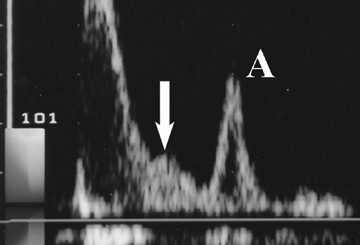Noninfectious Immunodeficiency Skin Disorders
Contents
- 1 Bruton syndrome is characterized by all except
- 2 Malignancy chances are more in adults with
- 3 All are true of Wiskott-Aldrich syndrome except
- 4 All are features of DiGeorge syndrome except
- 5 Not a feature of ataxia telangiectasia is
- 6 A very small thymus with malformed architecture at autopsy is pathognomonic of
- 7 In short
- 8 Definitive treatment
- 9 X-linked (IPEX) syndrome
- 10 WHIM syndrome
- 11 Chronic granulomatous disease
Bruton syndrome is characterized by all except
A. X-linked agammaglobulinemia (XLA)
B. Recurrent skin staphylococcal infection
C. Palpable cervical lymph nodes
D. Immunoglobulin A, IgM, IgD, and IgE are virtually absent from the serum
Malignancy chances are more in adults with
A. Isolated IgA deficiency
B. X-linked agammaglobulinemia (XLA)
C. Good syndrome
D. DiGeorge syndrome
All are true of Wiskott-Aldrich syndrome except
A. X-linked recessive syndrome
B. The hematopoietic cells of affected patients cannot polarize or migrate in response to physiologic stimuli
C. IgE level is low to normal
D. A triad of chronic eczematous dermatitis resembling atopic dermatitis, increased susceptibility to bacterial infections, and thrombocytopenic purpura
All are features of DiGeorge syndrome except
A. Syndrome includes congenital enlarged parathyroids and an abnormal aorta.
B. Distinctive facies includes notched, low-set ears, micrognathia, shortened philtrum, and hypertelorism
C. Biopsies show features of a spongiotic dermatitis with eosinophils, necrotic keratinocytes
D. Cell mediated immunity is absent or depressed, and few T cells with the phenotype of recent thymic emigrants are found in the peripheral blood or tissues
Not a feature of ataxia telangiectasia is
A. The initial prominent skin feature is progressive ocular lesions sparing conjunctiva and eyelids
B. Premature aging (with loss of subcutaneous fat and graying of hair)
C. Cutaneous noninfectious granulomas
D. Carriers of ataxia telangiectasia have an increased risk for breast cancer.
A very small thymus with malformed architecture at autopsy is pathognomonic of
A. X-linked (IPEX) syndrome
B. Severe combined immunodeficiency (SCID)
C. Omenn syndrome
D. Ataxia telangiectasia
In short
Definitive treatment
Prenatal diagnosis and carrier detection are possible for many forms of SCID. The definitive treatment is hematopoietic stem cell transplantation.
X-linked (IPEX) syndrome
X-linked (IPEX) syndrome is a rare disorder presenting neonatally with the classic triad of autoimmune enteropathy, endocrinopathy (diabetes, thyroiditis), and eczematous dermatitis.
WHIM syndrome
The warts, hypogammaglobulinemia, infections, and myelokathexis (WHIM) syndrome is an autosomal dominant disorder with hypogammaglobulinemia, reduced B-cell numbers, and neutropenia.
Chronic granulomatous disease
Chronic granulomatous disease (CGD) is a rare disorder with Gingivostomatitis (aphthous like ulcerations) and a seborrheic dermatitis of the periauricular, perinasal, and perianal area.
Aspergillus is the most common agent causing pneumonia in CGD patients.





